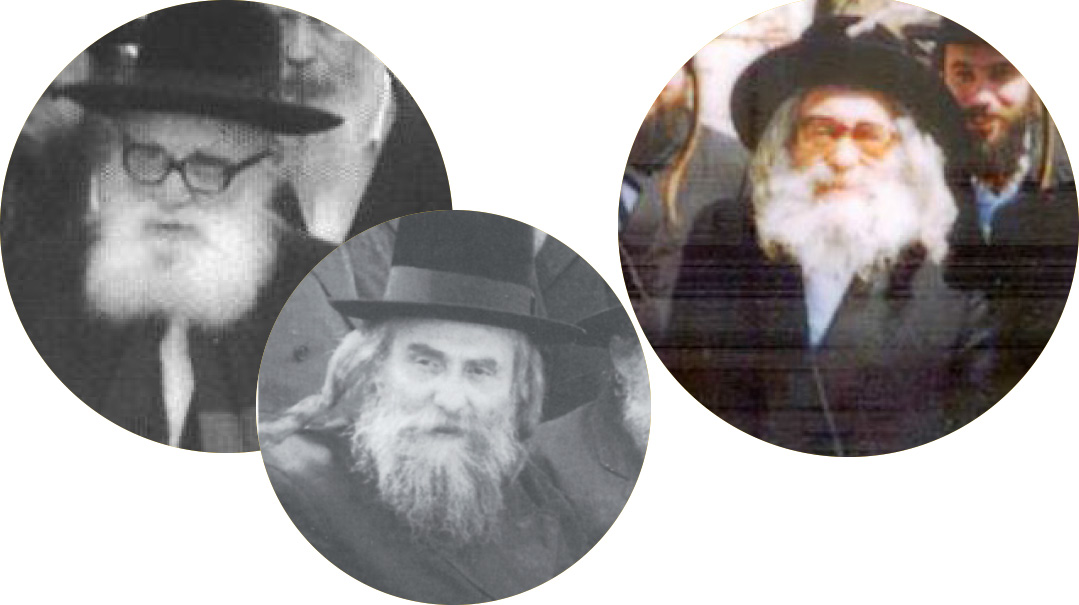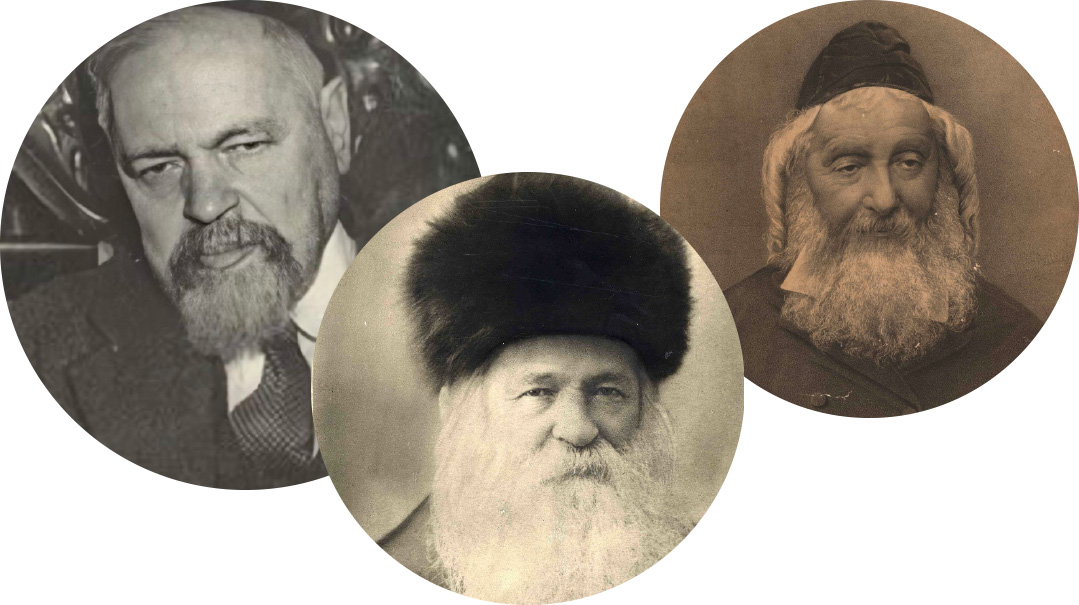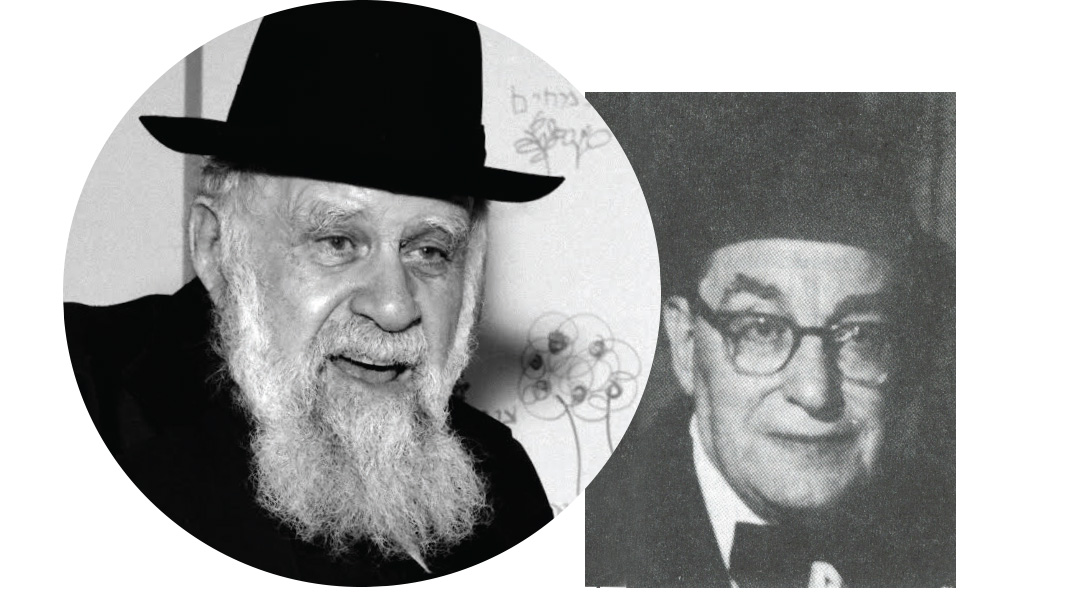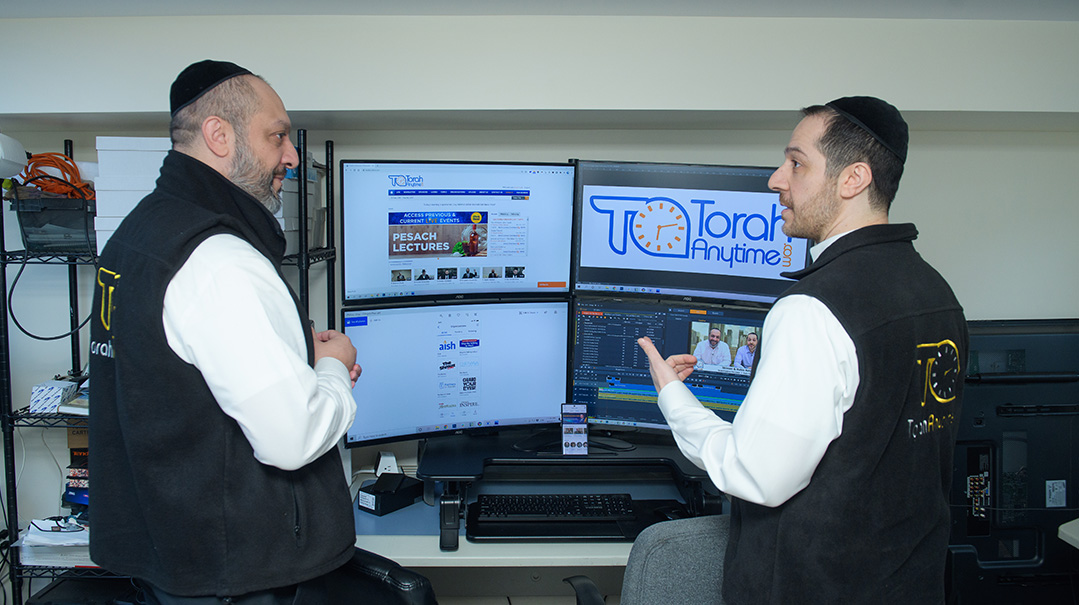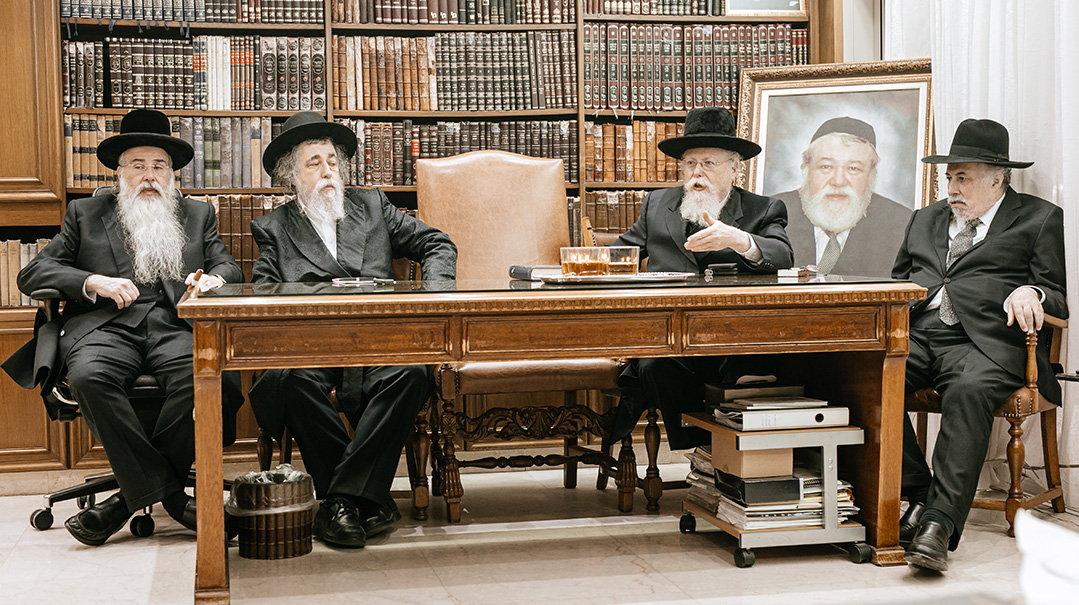Western Light on the Eastern Front

Two of the brothers turned out to be unlikely saviors of Eastern European Jewry during the turbulent years of World War I

Photos: Elchanan Kotler, Family archives
While all 12 children of Rabbi Shlomo and Rebbetzin Esther Carlebach of Lubeck, Germany, excelled in rabbanus, business, and other endeavors, two of the brothers — venerated German rabbiners, turned out to be unlikely saviors of Eastern European Jewry during the turbulent years of World War I
The lights had gone out all over Europe, millions were locked in combat, and World War I was in the process of erasing a generation of young men. It was August 1915, and while the battle on the western front had been reduced to a grinding stalemate, in the east the Kaiser’s spike-helmeted soldiers overwhelmed the Czar’s forces. From Warsaw to Vilna, the feudal Russian overlords were replaced by orderly German administration.
But as Eastern Europeans greeted the conquerors as liberators, farsighted leaders such as the Gerrer Rebbe and the Telsher Rav, feared what the “Deitcher” would do to Poland and Lithuania’s pulsating Jewish life. Because Imperial Germany hadn’t just come to expand its territory. The High Command’s plan to create puppet states on Germany’s borders called for the civilizing of millions of Jews, turning the “wild” Polish Jews into “cultured men,” and replacing the cheder system with German-style schools.
It would be two brothers, both German rabbiners from a venerated family, who would turn out to be unlikely saviors of Eastern European Jewry.
Dignified in the uniform of a German Army chaplain, Rabbi Dr. Emanuel Carlebach, rav of Cologne, was appointed educational adviser to the German occupation forces. And hundreds of miles to the north in Kovno, Lithuania, German authorities appointed a younger brother, Rabbi Dr. Josef Tzvi Carlebach of Hamburg, to the rank of captain with a mandate to reform the school system.
Rabbi Dr. Emanuel Carlebach’s encounter with the Gerrer Rebbe — Rav Avraham Mordechai Alter, known as the Imrei Emes — was a meeting of worlds. In today’s far more mixed religious communities, it may be hard to grasp how far apart the modern German “rabbiner doktor” and the preeminent leader of Polish Jewry were. But the gap was bridged by mutual respect, as the Rebbe had nothing but praise for this different sort of rav who became instrumental in saving Polish chadarim and chassidic life.
And in Lithuania, Rabbi Dr. Josef Tzvi Carlebach gained the trust of the local gedolim of Lithuania, as the young rabbi’s far-reaching educational innovations not only placated the German occupiers, they transformed Torah education in the country long after he’d left.
“If not for your father, all the yeshivos would have closed,” Rav Reuven Grozovsky of Kamenitz later told Rabbi Josef Tzvi Carlebach’s son. He was referring to the critical funds that the rabbi of Hamburg sent to Ponevezh, Mir, and Kletzk when fundraising abroad was halted by the war.
While the Carlebach name is now synonymous with a legend of Jewish music, the large tribe raised by Rabbiner Shlomo (Solomon) and Esther Carlebach of Lubeck was one of prewar Germany’s great rabbinic dynasties. Their twelve “shevatim” were some of Western Europe’s most dynamic rabbanim of the early part of the last century, revolutionizing communities from Berlin to Cologne, Hamburg and Leipzig — up until German Jewry’s agonizing end.
But a century later, the story of two of those brothers, Rabbis Emanuel and Joseph Tzvi Carlebach, is particularly worth telling. In an era when Beis Yaakov schooling and Orthodox political power are facts of Jewish life, both innovations trace their way back, in part, to the Carlebach brothers’ arrival in Eastern Europe. From the existence of modern Torah-orientated newspapers to a girls’ high school in Cleveland, Ohio, the reverberations of their remarkable work still echo on.
Oops! We could not locate your form.

